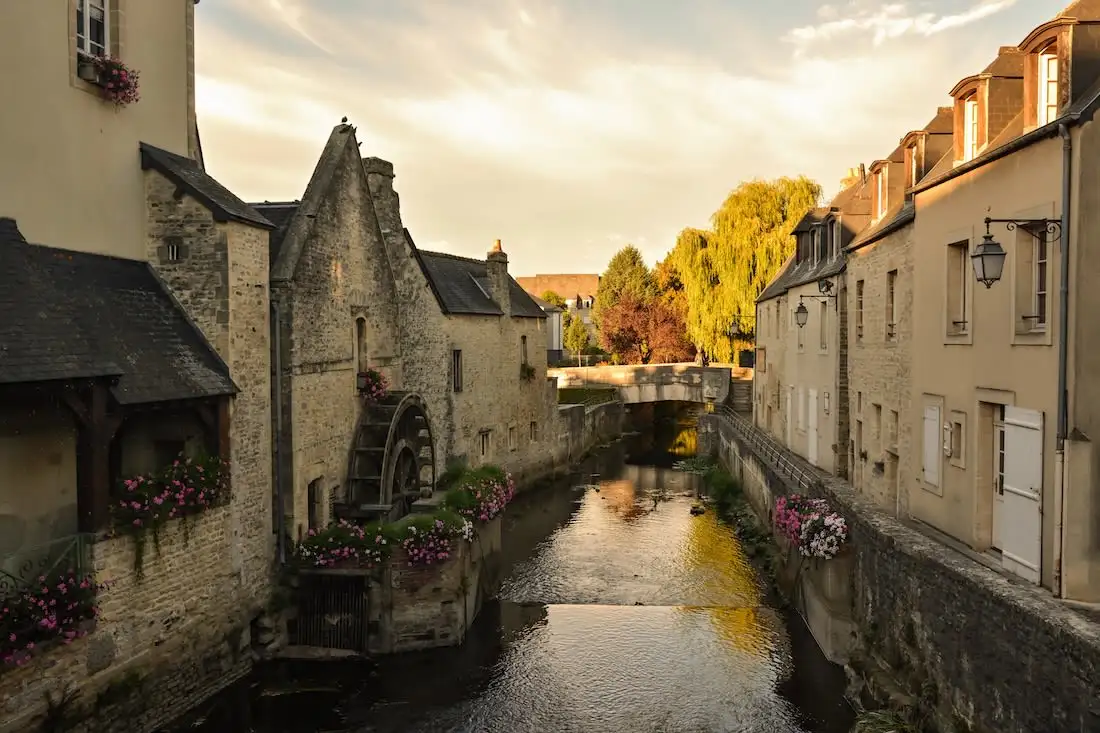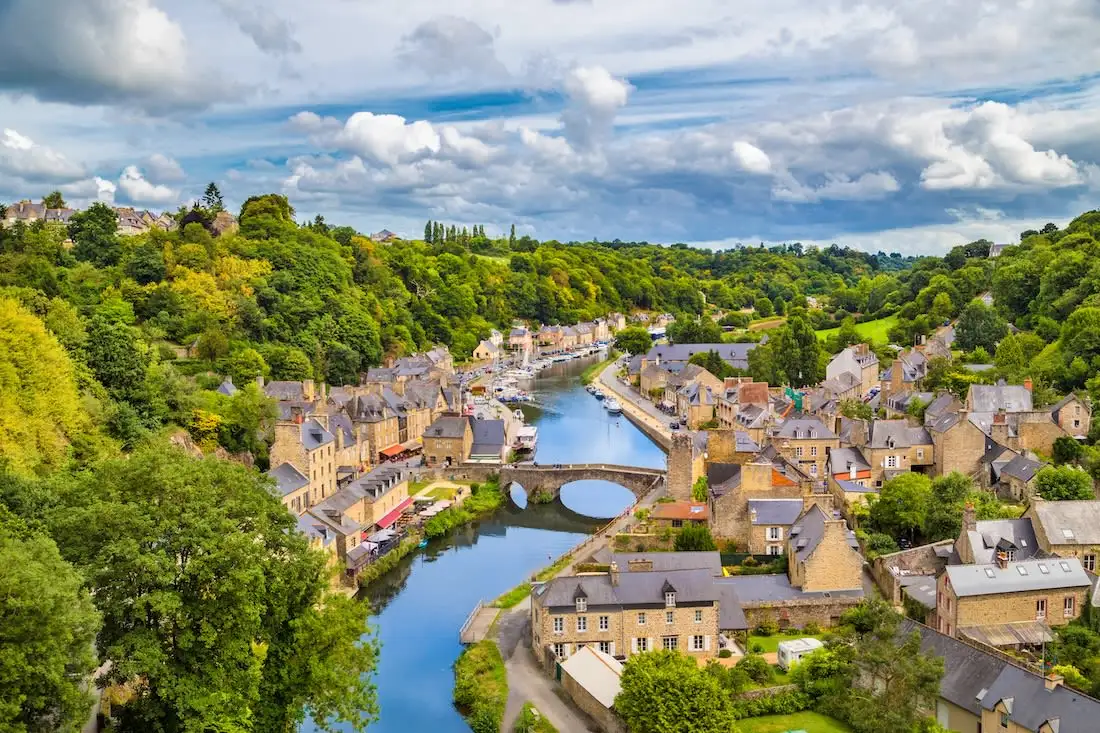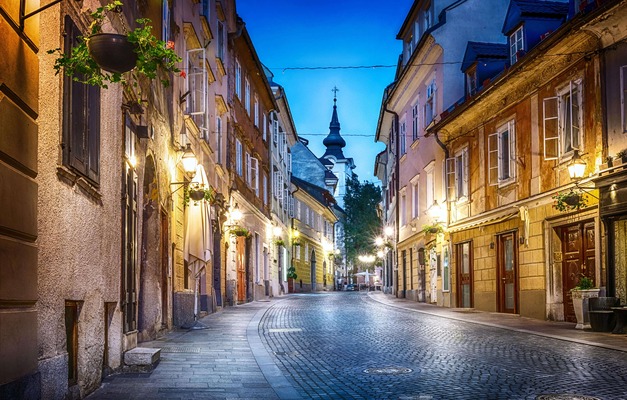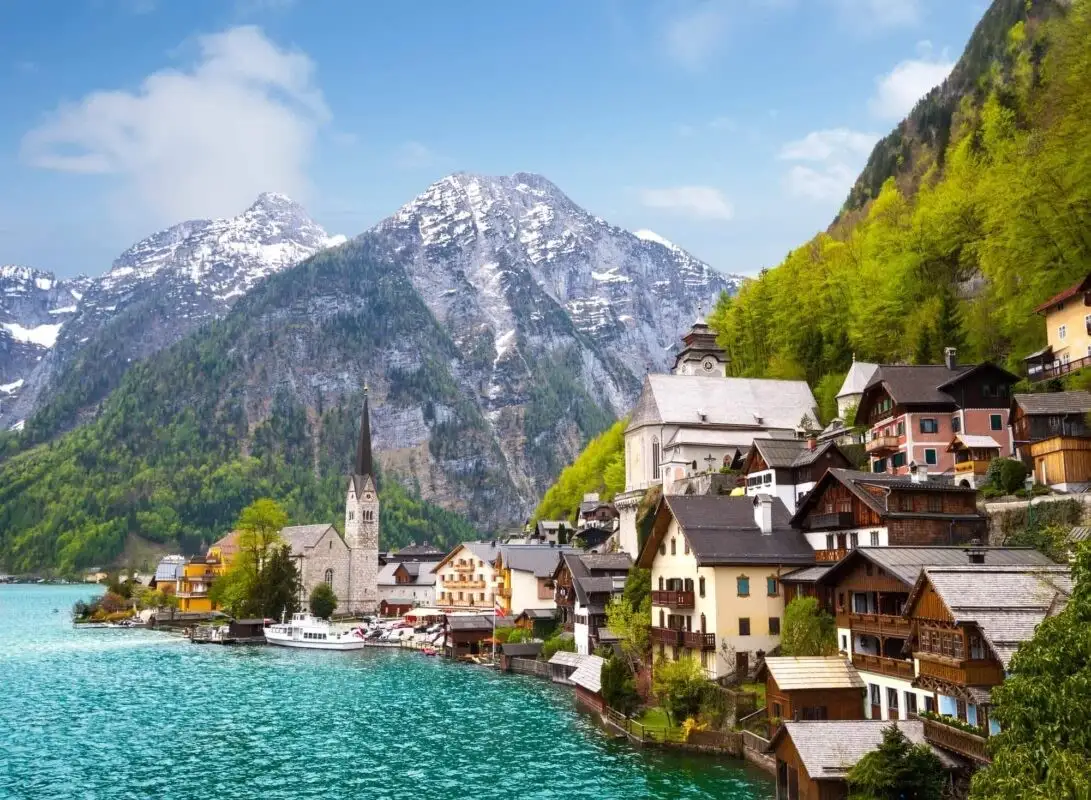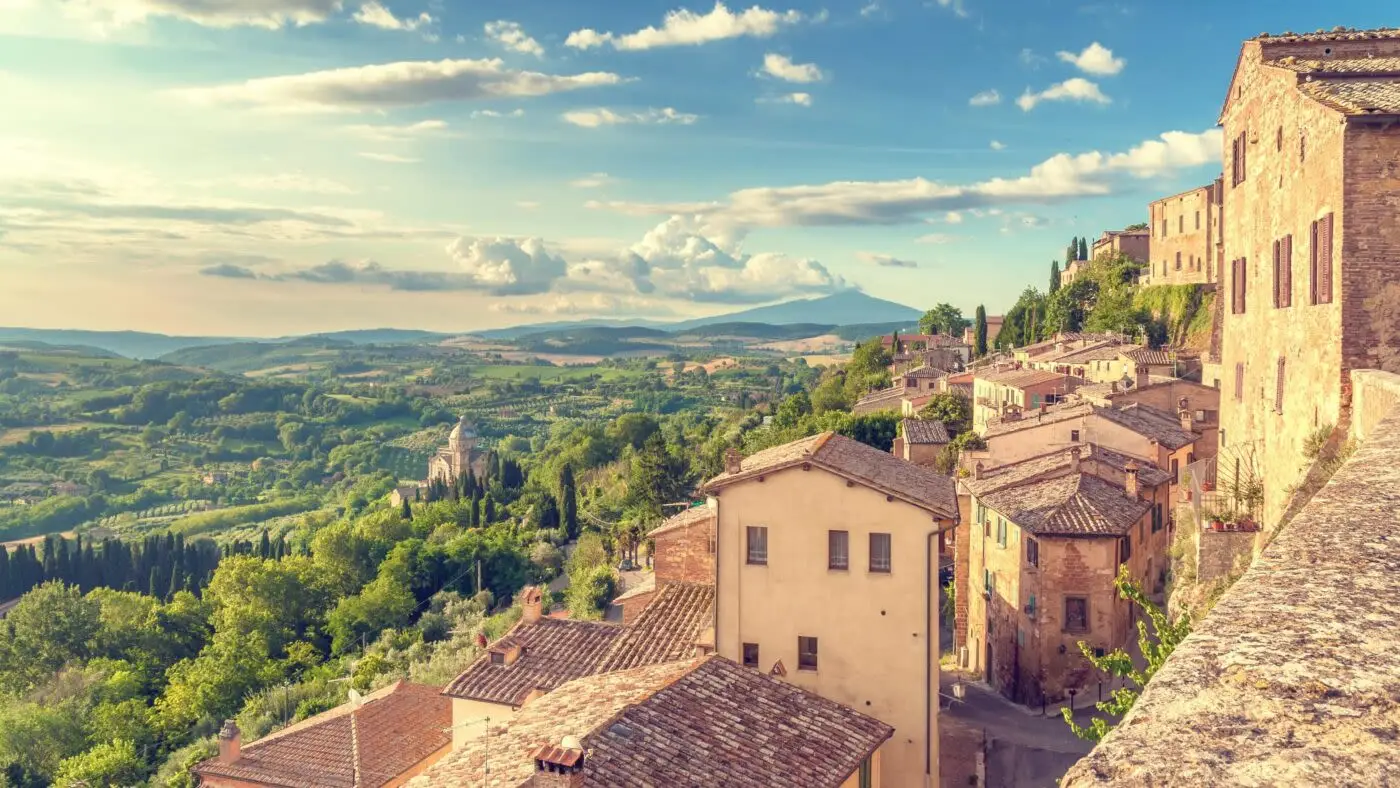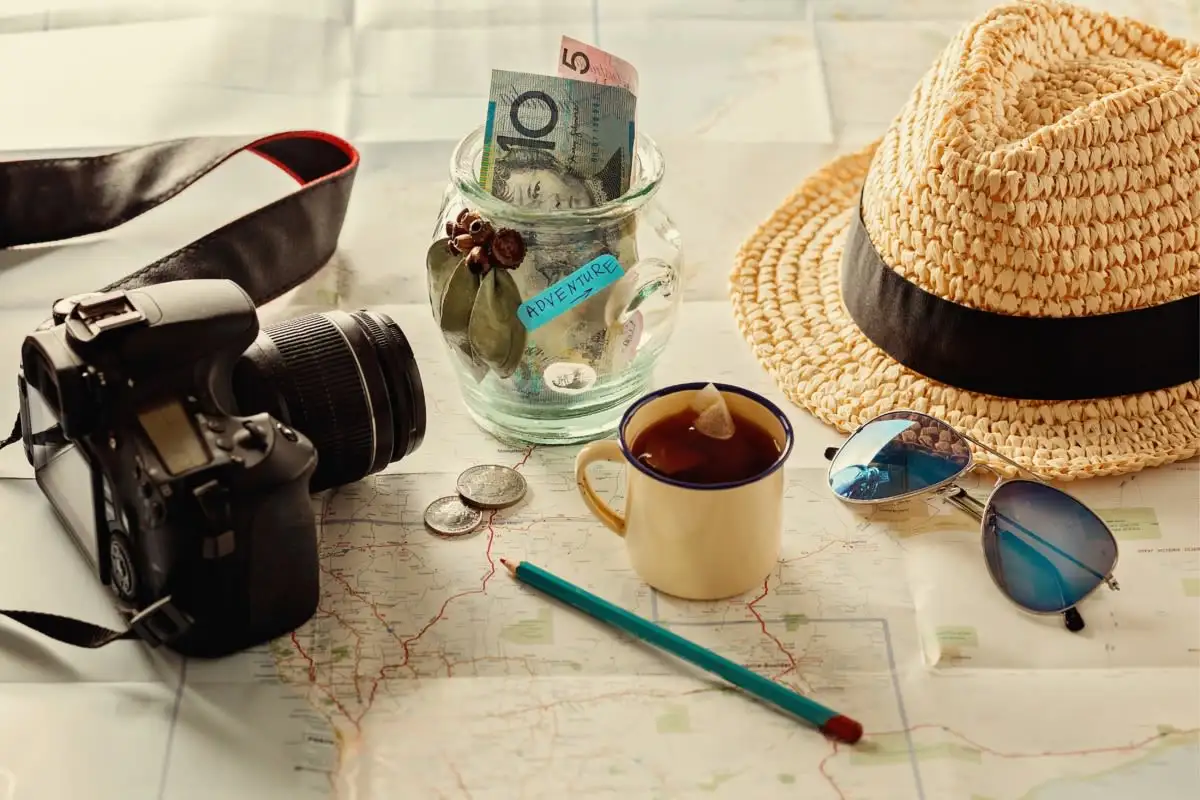Bayeux is an old, well-preserved town in the Northwest of France. The area around Bayeux is most known as the backdrop for a major WWII battle - the Battle of Normandy. Visitors who descend from WWII veterans often feel a special, somber connection with this part of France.
On June 6, 1944, otherwise known as ‘D-Day’, thousands of Allied troops landed on Normandy’s Atlantic Coast with a mission to drive out the German occupying forces. For the next three months, the battle raged inland toward Paris, village by village, making the entire region one giant battleground. ‘Operation Overlord’ as the battle is sometimes known, was an intense and complicated military maneuver, involving paratroopers, air assaults, artificial harbors, and weeks of combat on the ground. As you tour the Norman countryside you’ll see the remains of tanks, aircraft, and bunkers. The region’s beaches are still referred to in English as Utah, Omaha, Juno, Sword, and Gold, military code names used during the operation.
Normandy was a major turning point in WWII and ultimately a success for the Allies, who went on to liberate the rest of France by early September. This victory did not come without significant cost. More than 120,000 Allied soldiers died in combat at Normandy - over 4,000 on D-Day alone. For Americans, the Normandy campaign incurred the most losses ever suffered in United States military history. The sacrifice made by troops in Normandy is engraved on the heart of every American, and forever deepened the relationship between America and France. Special cemeteries and memorials pay tribute to fallen soldiers throughout Normandy. Walking between the neatly arranged graves, it is impossible not to respect their sacrifice.
Despite the destruction of nearly every neighboring village, the town of Bayeux endured WWII unscathed. Along with its medieval architecture, the town’s most precious treasure, the Bayeux Tapestry, was miraculously spared. Stitched in the 11th century, the Tapestry tells the epic and exciting story of William the Conqueror’s invasion of England in 1066. After viewing the tapestry as you stroll through the streets of Bayeux, past the sweeping cathedral spires and gently flowing River Aure, France’s medieval past springs to life around you. A landscape of war, but also remembrance, a trip to Bayeux and Normandy will deepen your appreciation and respect for the past.






